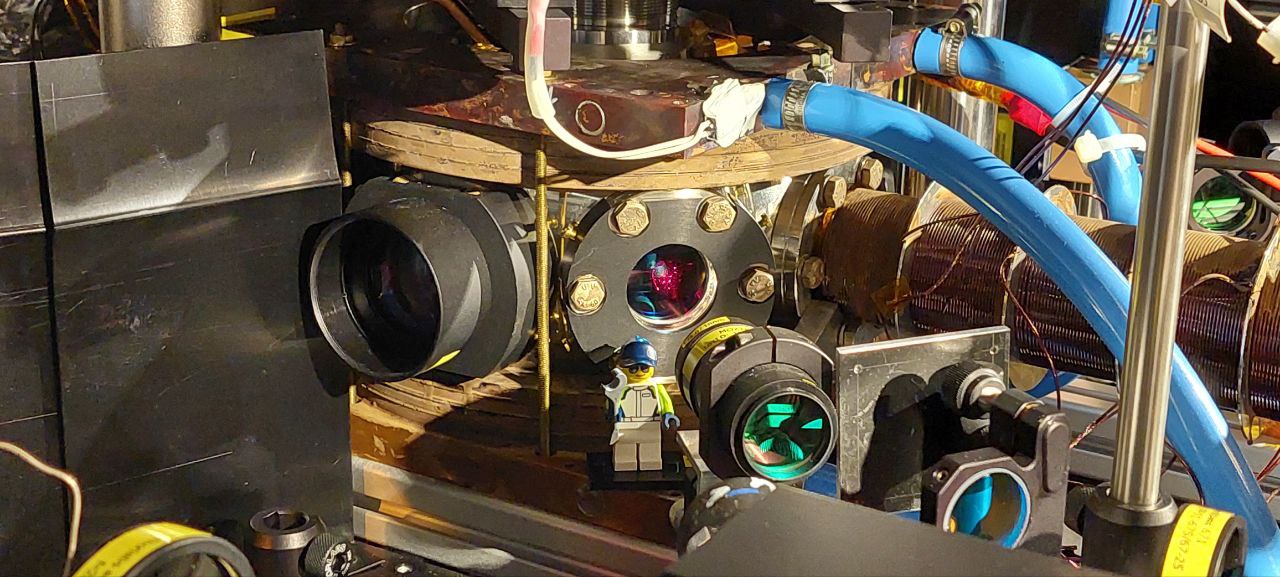We have three Lithium experiments in the group, namely the Heidelberg Quantum Architecture (HQA) experiment, the Few Fermion and the 2D Fermion experiment.

The 2D fermion experiment is working on expanding few fermion systems to understand the emergence of hydrodynamics and the build up of correlations in microscopic quantum systems. Student projects in this team are on the Master and PhD level and focus mainly on the realization of new experimental schemes.
PhD thesis
We encourage motivated students to contact us, such that we can talk about possible PhD projects. The cold atom community in Heidelberg is very active and includes differnet experimental as well as theoretical groups. Many of our collaborators work in Heidelberg as well, such that we can easily exchange ideas directly in person. The cold atom community meets reguarly for the CQD (Center for Quantum Dynamics) colloqium, given by external speakers (link).
Master level
We are looking for motivated Master students to join our group. You will develop your project under the suervision of a PhD student. Possible projects can be optical assemblies that are planned to be part of one of our experiments soon, the development of new experimental techniques for a running experiment or something else you have in mind.
- Conceptual design of optical control
- Research + purchase of appropriate light sources
- Design of high-NA optical systems (e.g. Zemax)
- Implementation in the experiment
Bachelor projects, internships, HiWi
Project list
- Mechanical and optical design (CAD drawings)
- Prototyping (mechanical workshop and 3D printing)
- Testing and benchmarking
- Implementation in the HQA experiment
